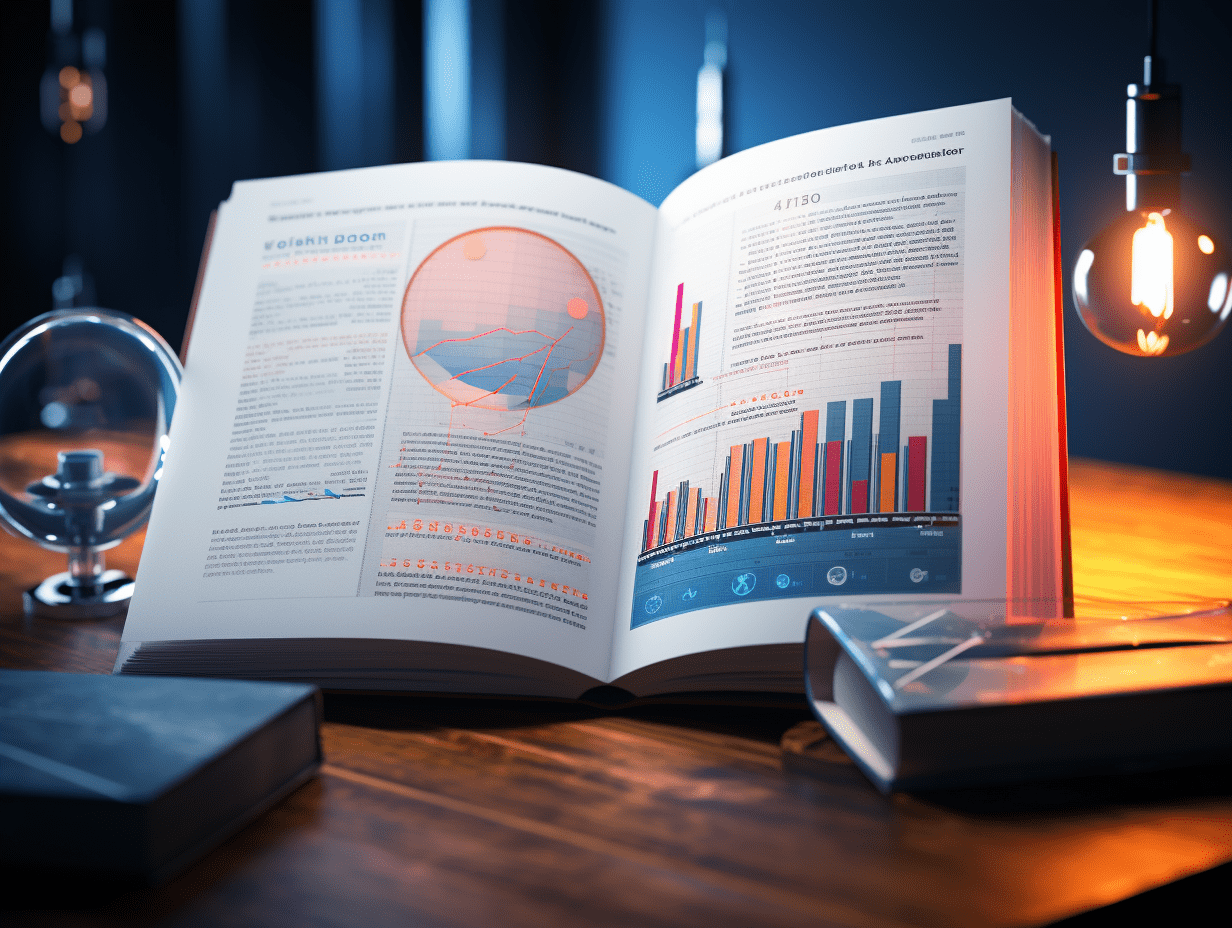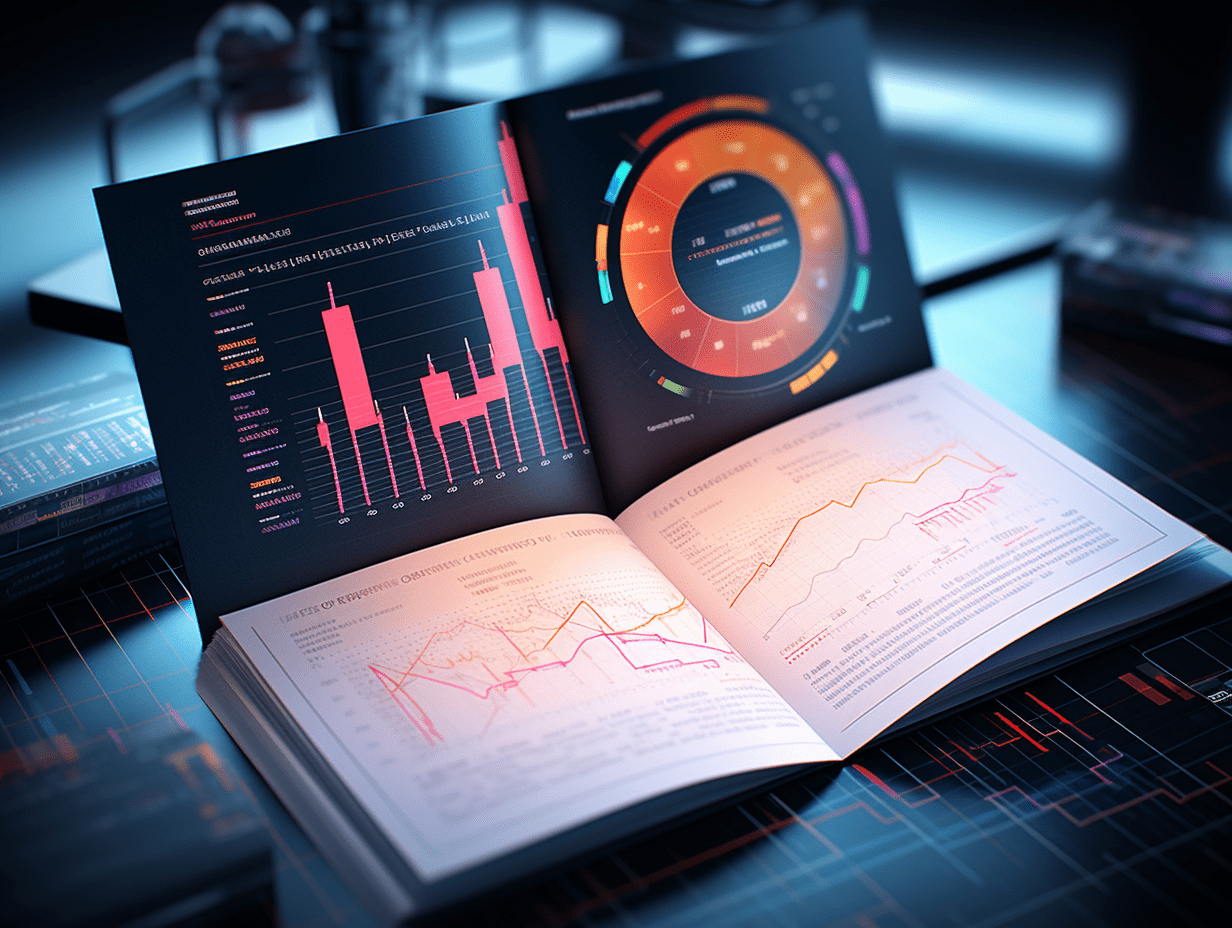Tariffs big stick malfunction? The dream of the revival of the American aluminum industry shatters, fatal weaknesses come to the surface.
President Trump's policy of imposing tariffs on imported aluminum has successfully reshaped the global trade landscape and increased costs for American consumers, but it has failed to achieve its core objective of reviving domestic aluminum production.
President Trump's policy of imposing tariffs on imported aluminum has successfully reshaped the global trade landscape and increased costs for American consumers, but it has failed to achieve its core goal of revitalizing domestic aluminum production.
On the contrary, due to continuously rising production costs, particularly with electricity prices in the U.S. far exceeding international competitors, domestic smelters are shutting down one after another instead of restarting.
The impact of the 25% aluminum tariff on the physical market is particularly significant. While the London Metal Exchange provides benchmark aluminum prices, the actual procurement cost still needs to include regional delivery premiums, with the current premiums mainly reflecting tariff costs.
In stark contrast to this, analysts at JPMorgan pointed out that so far this year, European premiums have dropped by over 30% year-on-year, a significant price gap directly caused by American trade policies.
Trond Olaf Christophersen, Chief Financial Officer of Norwegian aluminum giant Norsk Hydro (NHYDY.US), stated that these costs will ultimately be borne by downstream users.
Christophersen said, "This is likely to result in price increases for American consumers." He pointed out that tariffs are a form of cost "pass-through." Since the implementation of tariffs, Norsk Hydro's stock price has plummeted by about 17%.
Thule Group, a customer of Norsk Hydro known for producing rooftop luggage carriers, has already felt the impact of tariffs. The company stated that despite many of its products sold in the U.S. being domestically manufactured, due to soaring steel and aluminum raw material prices, the company announced price increases of around 10%.
However, while these tariffs have raised prices in the American market, they have not stimulated the revival of the highly energy-intensive primary aluminum smelting industry. According to industry insiders, the fundamental obstacle lies in the lack of competitively priced long-term electricity supply.
Ami Shivkar, Chief Analyst for the aluminum market at consultancy Wood Mackenzie, stated that energy costs account for a significant portion of smelting costs, and Alcoa Corporation is being choked by high electricity prices.
Shivkar added, "Canadian, Norwegian, and Middle Eastern smelters typically have long-term power agreements or self-owned power plants, while U.S. capacity relies more on short-term power purchase agreements." He pointed out that the electricity cost per ton of aluminum in the U.S. is $550, far exceeding the $290 level in Canada.
Recent industry developments confirm this dilemma. In March 2023, Alcoa Corporation (AA.US) announced the permanent closure of its 279,000 ton Intalco smelter, which had been idle since 2020. Alcoa Corporation stated that the facility "lacked competitive power supply." Similarly, in June 2022, the largest primary aluminum producer in the U.S., Century Aluminum Company (CENX.US), was forced to temporarily idle its large smelter in Hawesville, Kentucky, which is North America's largest military-grade aluminum production base, due to "the direct result of soaring energy costs." Century Aluminum Company stated that the electricity cost required to operate the facility had "more than tripled in the short term from historical average levels," necessitating a production halt of 9-12 months until prices fall.
Meanwhile, the surge in non-industrial electricity demand further squeezes industry space. Christophersen pointed out that the artificial intelligence boom and data center expansion are competing for power resources, with the added nuclear, wind, and solar energy capacity in the U.S. being rapidly absorbed by the tech industry.
"Tech companies have far greater ability to pay for electricity than aluminum companies," he said, noting that compared to the typically low single-digit profit margins of aluminum producers, the tech industry's profit margins reach double digits. According to Factset data, Norsk Hydro's profit margin in the first quarter of 2025 rose to 8.3%, but it remains fragile compared to the previous quarter's 3.5%.
Christophersen added, "Our view is that in order to build a factory in the U.S., you must have access to cheap electricity, which the current market cannot provide. The lack of competitive power supply is the reason why we are not planning to invest."
Although it has not activated domestic production, it is undeniable that the tariffs have indeed triggered a "restructuring of trade flows" as mentioned by Christophersen. When the threshold for the American market rises, the flow of metals shifts.
Christophersen gave an example that when the U.S. imposed a 25% special tariff on Canadian aluminum, Canadian producers temporarily shifted to the European market, prompting more European metals to fill the gap in U.S. demand.
This price effect even extends to the domestic scrap aluminum market - with the expansion of the Midwest premium due to tariffs, scrap aluminum prices also rise.
As the world's largest aluminum extrusion product manufacturer, Norsk Hydro uses both domestic scrap aluminum and imported Canadian primary aluminum in the U.S. to produce building materials such as window frames through an extrusion process. Christophersen explained, "While the scrap aluminum we purchase in the U.S. is considered a local material, its price indirectly includes tariff costs. In fact, we bear the tariff because the scrap aluminum price adjusts with the Midwest premium, but it will be immediately passed on to downstream users."
Analysts at Royal Bank of Canada's Capital Markets confirmed this transmission mechanism, stating that "rising LME prices and premiums are usually passed on to customers." This pass-through occurs against a backdrop of weak downstream demand in sectors like construction, with the bank emphasizing that Norsk Hydro's "extrusion products division remains a weak spot in performance" and pointing to its downward revised guidance, reflecting soft demand in industries like construction.
Related Articles

After slowing down the pace of tapering, the Federal Reserve has taken another action to support the liquidity of the financial market by proposing to normalize "early repo".

Detroit manufacturers collectively issue warning: US-UK trade agreement will harm the US automotive industry

Clarify the interest rate floor? New York Fed President: Anchoring inflation expectations is the "cornerstone" of central bank operations.
After slowing down the pace of tapering, the Federal Reserve has taken another action to support the liquidity of the financial market by proposing to normalize "early repo".

Detroit manufacturers collectively issue warning: US-UK trade agreement will harm the US automotive industry

Clarify the interest rate floor? New York Fed President: Anchoring inflation expectations is the "cornerstone" of central bank operations.

RECOMMEND

General Administration of Customs: China's goods trade imports and exports increased by 2.4% year-on-year in the first 4 months.
09/05/2025

Key details are yet to be finalized. The market's response to the US-UK trade agreement has been lukewarm.
09/05/2025

Risk assets rebounded to boost the market, Bitcoin surged back above $100,000.
09/05/2025


